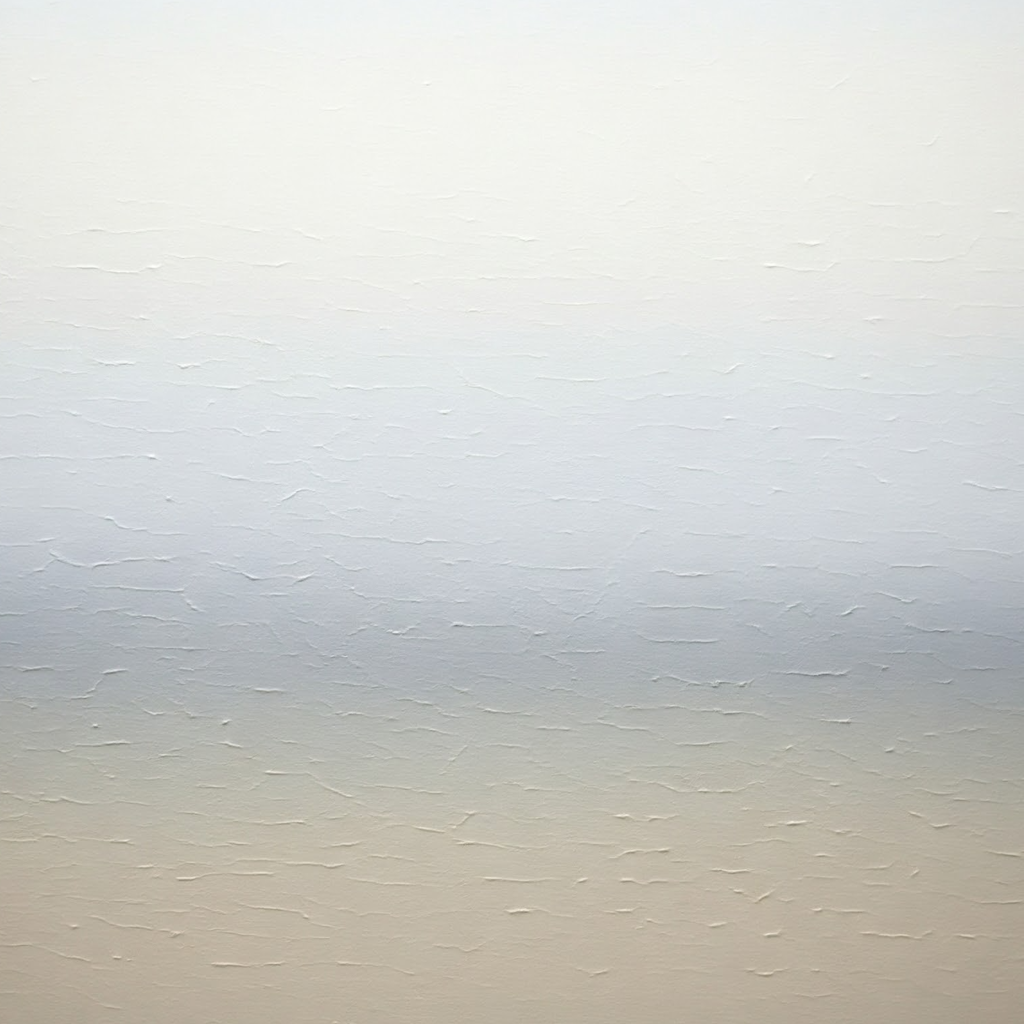Minimalism
Minimalism is an art movement that emerged in the late 1950s as a reaction against the complexity and expressiveness of Abstract Expressionism. Characterized by simplicity, clarity, and a focus on essential elements, Minimalism seeks to reduce art to its most fundamental features, emphasizing form, color, and material over narrative or emotional content. This style often involves geometric shapes, monochromatic palettes, and a sense of objectivity.
Key Characteristics of Minimalism
- Simplicity and Reduction
- Minimalist art strips away unnecessary details, focusing on the essential elements of composition. The goal is to achieve clarity and purity in the artwork, often resulting in a streamlined aesthetic.
- Example: Donald Judd’s Untitled works consist of simple geometric forms, such as boxes or cubes, arranged in precise, unembellished ways.
- Geometric Forms
- Minimalist paintings frequently use basic geometric shapes—squares, rectangles, circles, and lines—to create a sense of order and harmony. These forms are often repeated or arranged in systematic ways.
- Example: Agnes Martin’s On a Clear Day uses grid-like patterns and subtle variations in color to evoke a sense of tranquility and contemplation.
- Monochromatic or Limited Color Palette
- Many Minimalist works utilize monochromatic schemes or limited color palettes, emphasizing the physical properties of the medium rather than emotional expression. Color is often used to enhance the perception of form and space.
- Example: Dan Flavin’s light installations use colored fluorescent tubes arranged in simple configurations, creating vibrant effects through the play of light and color.
- Focus on Materiality
- Minimalism emphasizes the materials used in the artwork, often showcasing their inherent qualities. This approach draws attention to the physicality of the art object itself.
- Example: Robert Morris’s Untitled (L-Beams) consists of simple wooden beams, highlighting the material and its relationship to space.
- Objectivity and Impersonality
- Minimalist art tends to be impersonal and devoid of personal expression. The artist’s hand is often minimized, with a focus on the object itself rather than the artist's emotions or narrative.
- Example: Frank Stella’s Black Paintings features flat surfaces and geometric designs that prioritize form over the artist's subjective input.
- Installation and Spatial Relationships
- Minimalism often extends beyond painting to include installation art, where the arrangement of objects in space becomes integral to the experience of the work. This can create a dialogue between the art and its environment.
- Example: Carl Andre’s floor pieces, made of simple materials arranged in grids or patterns, invite viewers to engage with the space in a physical way.
- Repetition and Seriality
- Many Minimalist artists use repetition and serial forms to create a sense of rhythm and order. This approach emphasizes the systematic nature of the artwork and the viewer's experience of it.
- Example: Ellsworth Kelly’s color field paintings often consist of repeated shapes in bold colors, creating a visual harmony through simplicity and repetition.
Common Themes in Minimalism
- Purity and Clarity: Minimalism seeks to achieve a sense of purity in art, stripping away excess to focus on essential forms and colors.
- Interaction with Space: The relationship between the artwork and its environment is crucial, inviting viewers to consider their physical experience within the space.
- Emphasis on Perception: Minimalist art encourages viewers to engage with the artwork through perception, focusing on how they see and interpret the work rather than on narrative or emotion.
- Exploration of Materials: The inherent qualities of materials used in Minimalist art are highlighted, drawing attention to their texture, color, and form.
Famous Minimalist Artists and Works
- Donald Judd
- Known for his geometric boxes and installations, Judd’s work exemplifies Minimalism through its clean lines and industrial materials, such as metal and acrylic.
- Agnes Martin
- Martin’s grid paintings, such as The Islands, reflect a meditative quality, using subtle variations in color and delicate lines to create serene compositions.
- Dan Flavin
- Flavin’s light installations, using fluorescent tubes in various configurations, explore the interplay of light and space, transforming environments with color and illumination.
- Frank Stella
- Stella’s work, including the Black Paintings, focuses on geometric shapes and flat surfaces, emphasizing form and color while minimizing personal expression.
- Robert Morris
- Morris’s sculptures and installations, like Untitled (L-Beams), highlight materiality and spatial relationships, inviting viewers to engage physically with the artwork.
- Carl Andre
- Andre’s floor pieces, made of simple materials arranged in patterns, encourage viewers to experience the space in relation to the art, challenging traditional notions of sculpture.
- Ellsworth Kelly
- Kelly’s color field paintings, such as Blue Green Yellow, use bold colors and shapes to create visual harmony, emphasizing simplicity and the essence of color.
Minimalism is a painting and art movement that emphasizes simplicity, clarity, and the essential elements of form, color, and material. By stripping away excess and focusing on the object itself, Minimalist artists invite viewers to engage with the artwork through perception and physical experience. The movement’s embrace of geometric shapes, monochromatic palettes, and objectivity has had a significant influence on contemporary art, encouraging a reevaluation of the relationship between art and its environment.
Minimalism Paintings with Purity and Clarity Theme
Minimalist paintings with the Purity and Clarity theme prioritize simplicity, reduction, and the ess...
Minimalism Paintings with Interaction with Space Theme
Minimalism paintings with the Interaction with Space theme redefine the role of art by emphasizing s...
Minimalism Paintings with Emphasis on Perception Theme
Minimalism paintings with the Emphasis on Perception theme transcend traditional aesthetics by focus...
Minimalism Paintings with Exploration of Materials Theme
Minimalism paintings with the Exploration of Materials theme transform the act of viewing into a sen...




